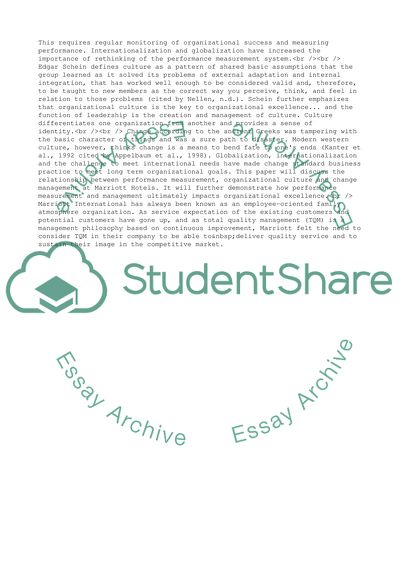Cite this document
(Relationship between Performance Measurement, Culture, and Change Mana Assignment, n.d.)
Relationship between Performance Measurement, Culture, and Change Mana Assignment. Retrieved from https://studentshare.org/management/1539629-total-quality-performance-management
Relationship between Performance Measurement, Culture, and Change Mana Assignment. Retrieved from https://studentshare.org/management/1539629-total-quality-performance-management
(Relationship Between Performance Measurement, Culture, and Change Mana Assignment)
Relationship Between Performance Measurement, Culture, and Change Mana Assignment. https://studentshare.org/management/1539629-total-quality-performance-management.
Relationship Between Performance Measurement, Culture, and Change Mana Assignment. https://studentshare.org/management/1539629-total-quality-performance-management.
“Relationship Between Performance Measurement, Culture, and Change Mana Assignment”. https://studentshare.org/management/1539629-total-quality-performance-management.


